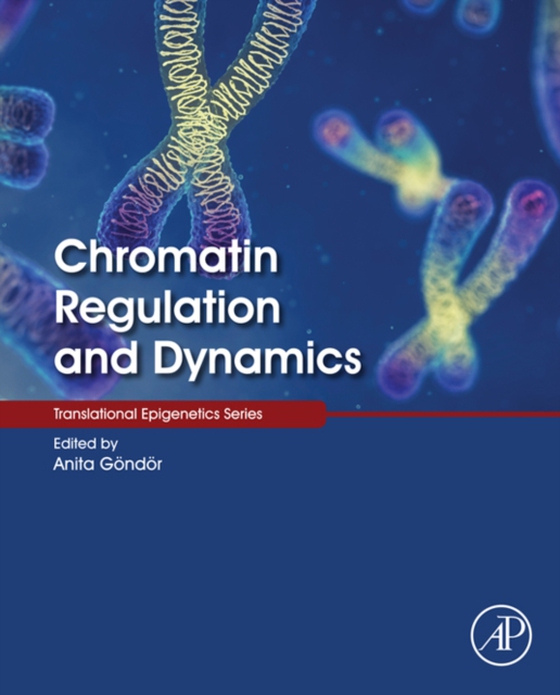
Chromatin Regulation and Dynamics e-bog
1021,49 DKK
(inkl. moms 1276,86 DKK)
Chromatin Regulation and Dynamics integrates knowledge on the dynamic regulation of primary chromatin fiber with the 3D nuclear architecture, then connects related processes to circadian regulation of cellular metabolic states, representing a paradigm of adaptation to environmental changes. The final chapters discuss the many ways chromatin dynamics can synergize to fundamentally contribute to ...
E-bog
1021,49 DKK
Forlag
Academic Press
Udgivet
25 oktober 2016
Længde
496 sider
Genrer
Genetics (non-medical)
Sprog
English
Format
pdf
Beskyttelse
LCP
ISBN
9780128034026
Chromatin Regulation and Dynamics integrates knowledge on the dynamic regulation of primary chromatin fiber with the 3D nuclear architecture, then connects related processes to circadian regulation of cellular metabolic states, representing a paradigm of adaptation to environmental changes. The final chapters discuss the many ways chromatin dynamics can synergize to fundamentally contribute to the development of complex diseases. Chromatin dynamics, which is strategically positioned at the gene-environment interface, is at the core of disease development. As such, Chromatin Regulation and Dynamics, part of the Translational Epigenetics series, facilitates the flow of information between research areas such as chromatin regulation, developmental biology, and epidemiology by focusing on recent findings of the fast-moving field of chromatin regulation. Presents and discusses novel principles of chromatin regulation and dynamics with a cross-disciplinary perspective Promotes crosstalk between basic sciences and their applications in medicine Provides a framework for future studies on complex diseases by integrating various aspects of chromatin biology with cellular metabolic states, with an emphasis on the dynamic nature of chromatin and stochastic principles Integrates knowledge on the dynamic regulation of primary chromatin fiber with 3D nuclear architecture, then connects related processes to circadian regulation of cellular metabolic states, representing a paradigm of adaptation to environmental changes
 Dansk
Dansk

